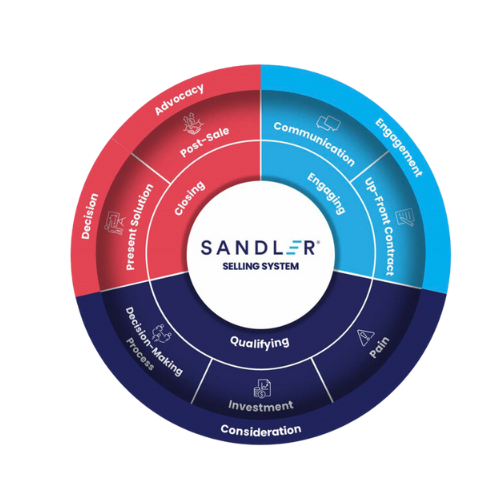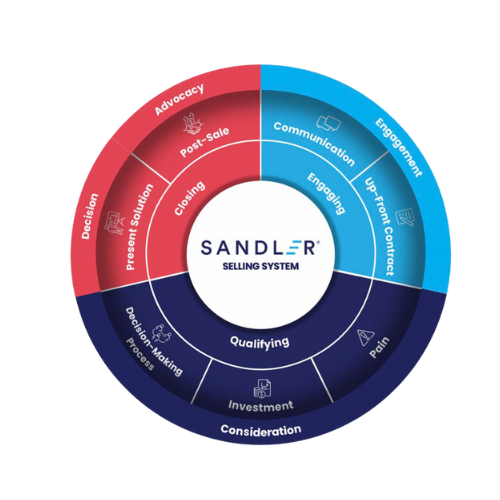Why have Structured Selling System

The Core Benefits of a Structured Selling System
In today's competitive business environment, having a structured selling system is not just beneficial—it's essential. A well-defined selling system provides a roadmap for sales professionals, enabling them to navigate complex sales processes with clarity and purpose. By following a consistent methodology, sales teams can ensure that they are covering all necessary steps to close a deal successfully. This consistency not only increases efficiency but also instills confidence in both the sales team and their clients.

A structured selling system acts as a guide, helping sales representatives to focus on what truly matters: understanding the client's needs and providing tailored solutions. It reduces the likelihood of missed opportunities due to oversight and ensures that every interaction is purposeful. When sales teams operate within a structured framework, they can better allocate their time and resources, ultimately leading to higher productivity and more successful outcomes.
A structured selling system streamlines the sales process by eliminating unnecessary steps and focusing on actions that drive results. By having a clear set of procedures, sales professionals can quickly identify and address potential bottlenecks, ensuring that deals progress smoothly through the pipeline.
Moreover, a structured approach allows for better management of time and resources. Sales representatives can prioritize high-impact activities, such as engaging with qualified leads and nurturing relationships, rather than getting bogged down with administrative tasks. This focus on efficiency not only boosts individual performance but also enhances the overall effectiveness of the sales team.
Building Stronger Client Relationships
At the heart of any successful sales operation is the ability to build and maintain strong client relationships. A structured selling system supports this by fostering a more personalized and attentive approach to client interactions. With a clear framework in place, sales professionals can better understand and anticipate client needs, allowing for more meaningful and relevant conversations.
A systematic approach also ensures consistency in client interactions, which is crucial for building trust and credibility. Clients are more likely to engage with a sales representative who demonstrates a thorough understanding of their business and offers tailored solutions. By consistently delivering value through a structured process, sales teams can strengthen their relationships with clients and increase the likelihood of repeat business.
Boosting Conversion Rates with a Systematic Approach
One of the most significant advantages of a structured selling system is its ability to boost conversion rates. By following a proven methodology, sales professionals can ensure that they are effectively qualifying leads, uncovering client pain points, and presenting solutions that align with client needs. This systematic approach minimizes the chances of deals falling through the cracks and maximizes the potential for closing sales.
A structured system also allows for better tracking and analysis of sales activities. By monitoring key metrics and performance indicators, sales teams can identify areas for improvement and refine their strategies accordingly. This data-driven approach not only enhances conversion rates but also supports continuous improvement in sales processes.
Steps to Develop Your Own Selling System
Developing a structured selling system tailored to your business requires careful planning and consideration. Start by identifying the key stages of your sales process, from lead generation to closing the deal. Break down each stage into actionable steps, ensuring that every aspect of the sales cycle is covered.
Next, establish clear criteria for qualifying leads and prioritize activities that align with your sales goals. This will help your sales team focus on high-potential opportunities and allocate their time effectively. Additionally, incorporate feedback mechanisms to continuously refine your selling system based on real-world results and client interactions.
Finally, invest in training and development to ensure that your sales team is equipped to implement the new system effectively. Regular training sessions and workshops can help reinforce best practices and keep your team up-to-date with the latest sales strategies and techniques.


